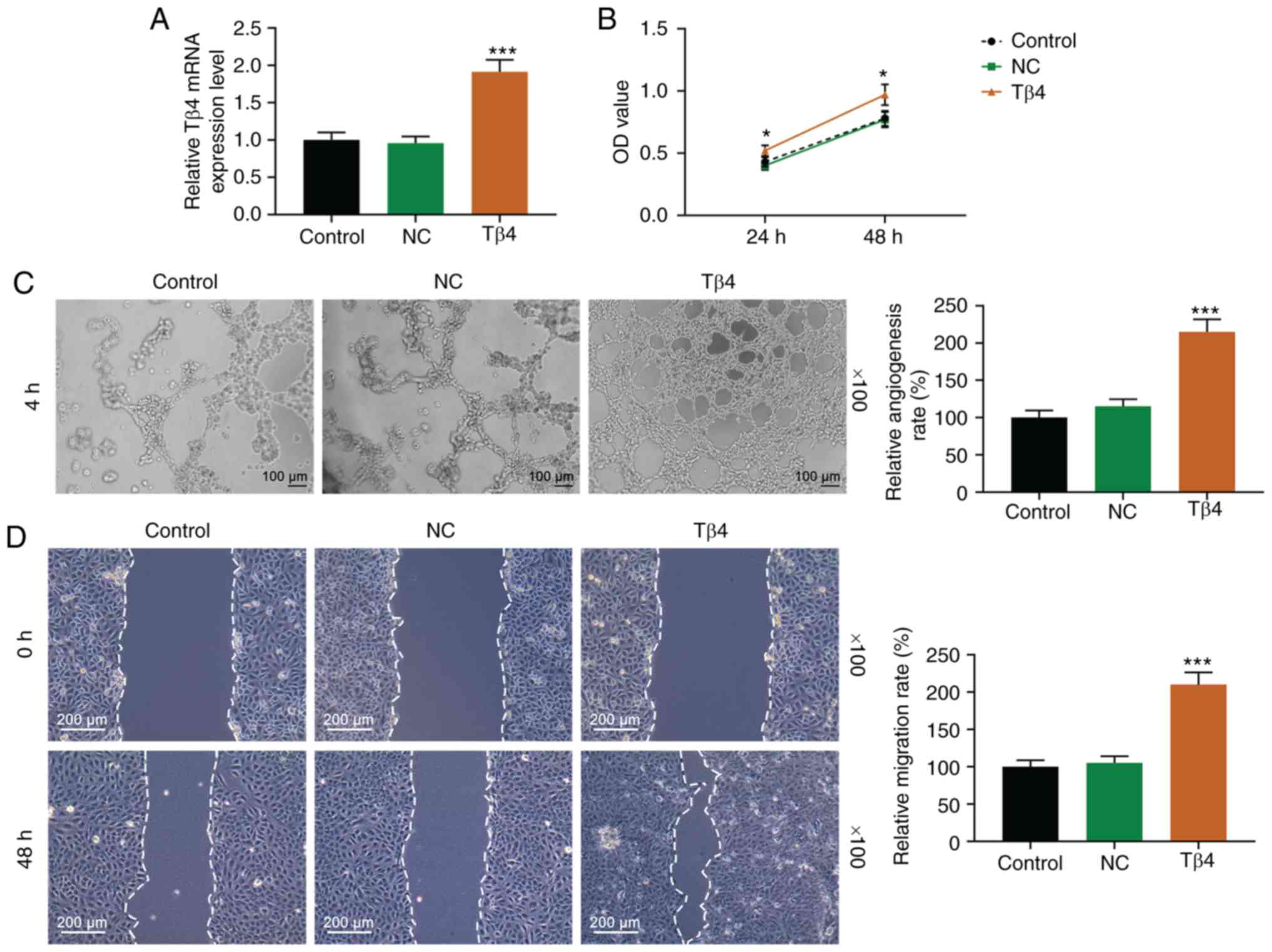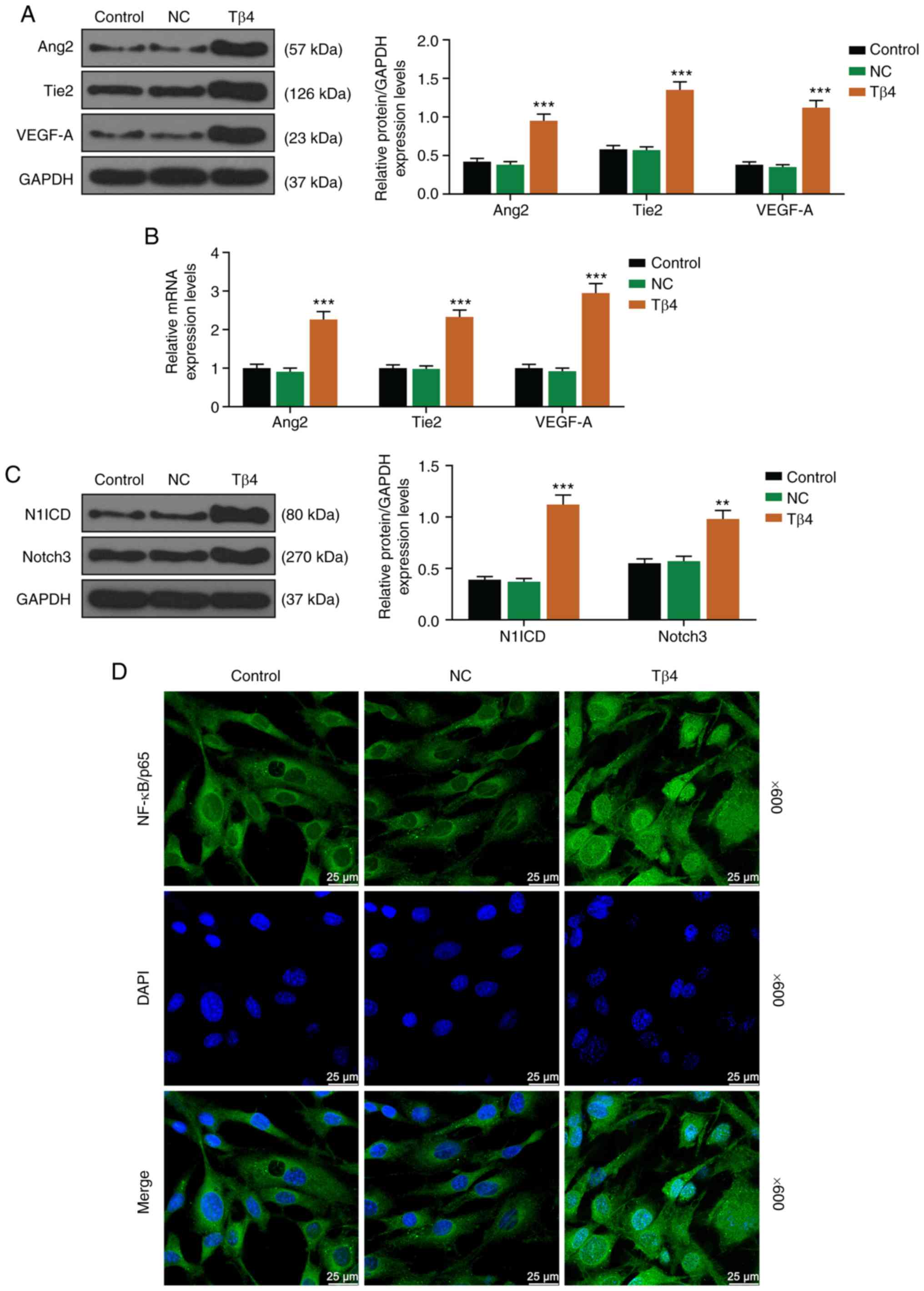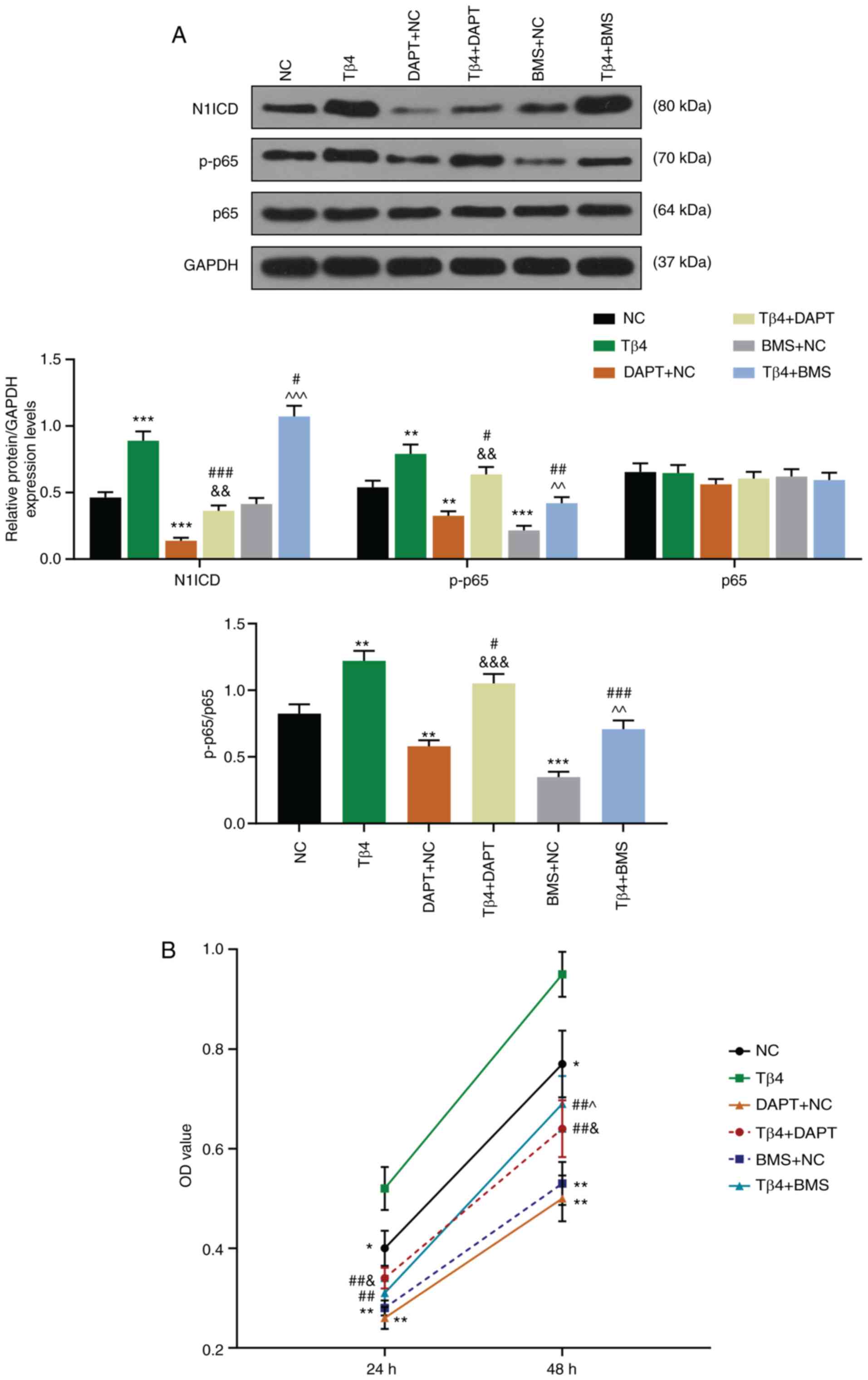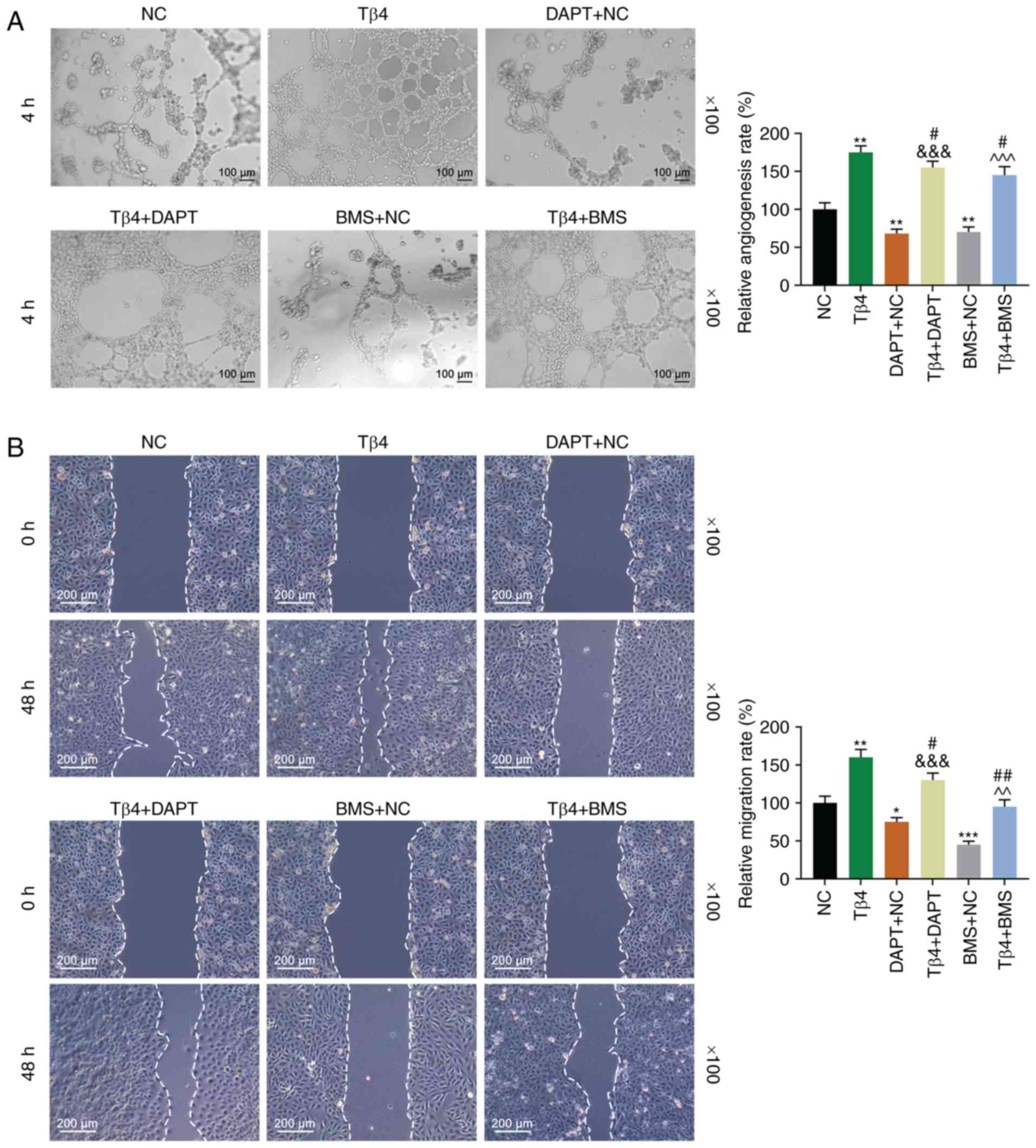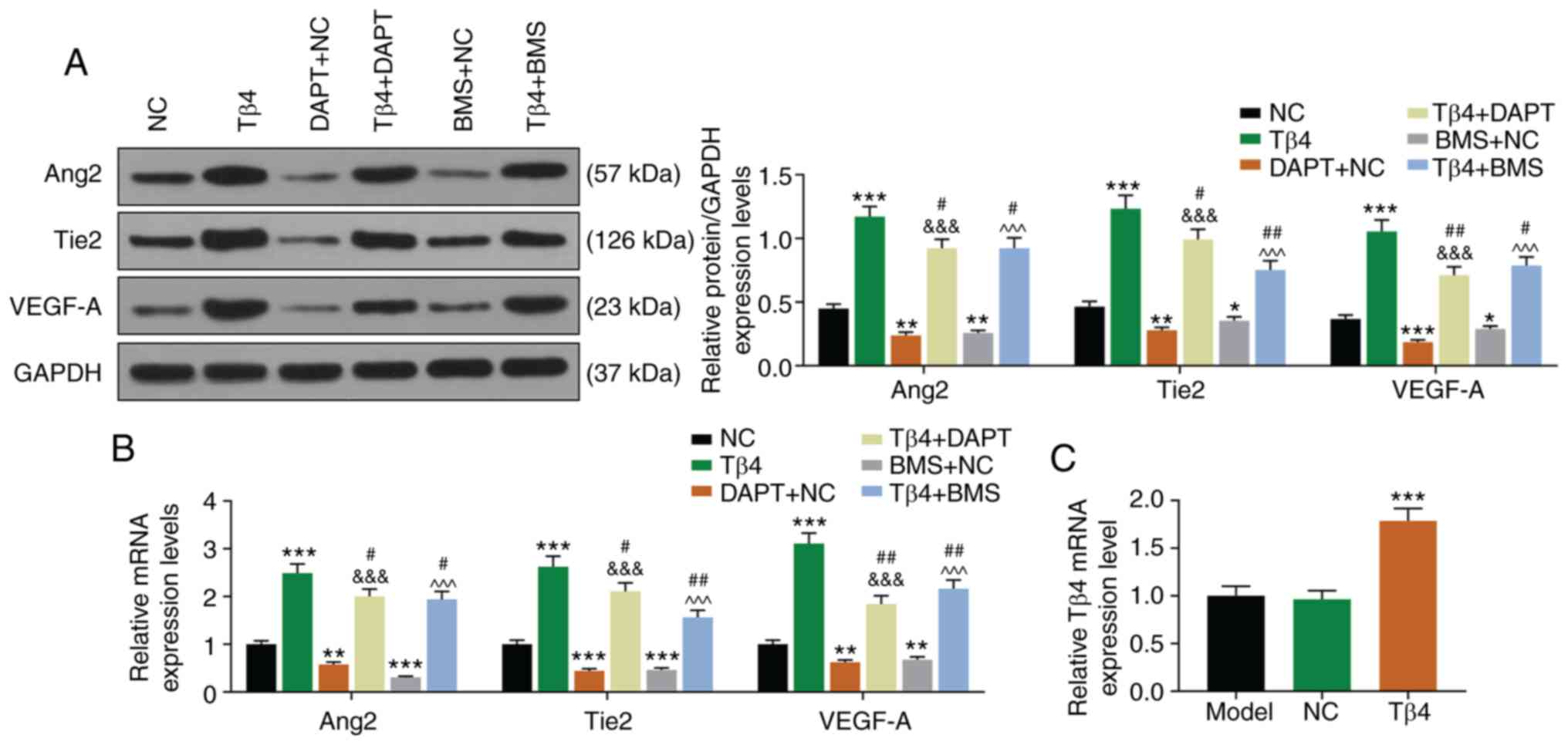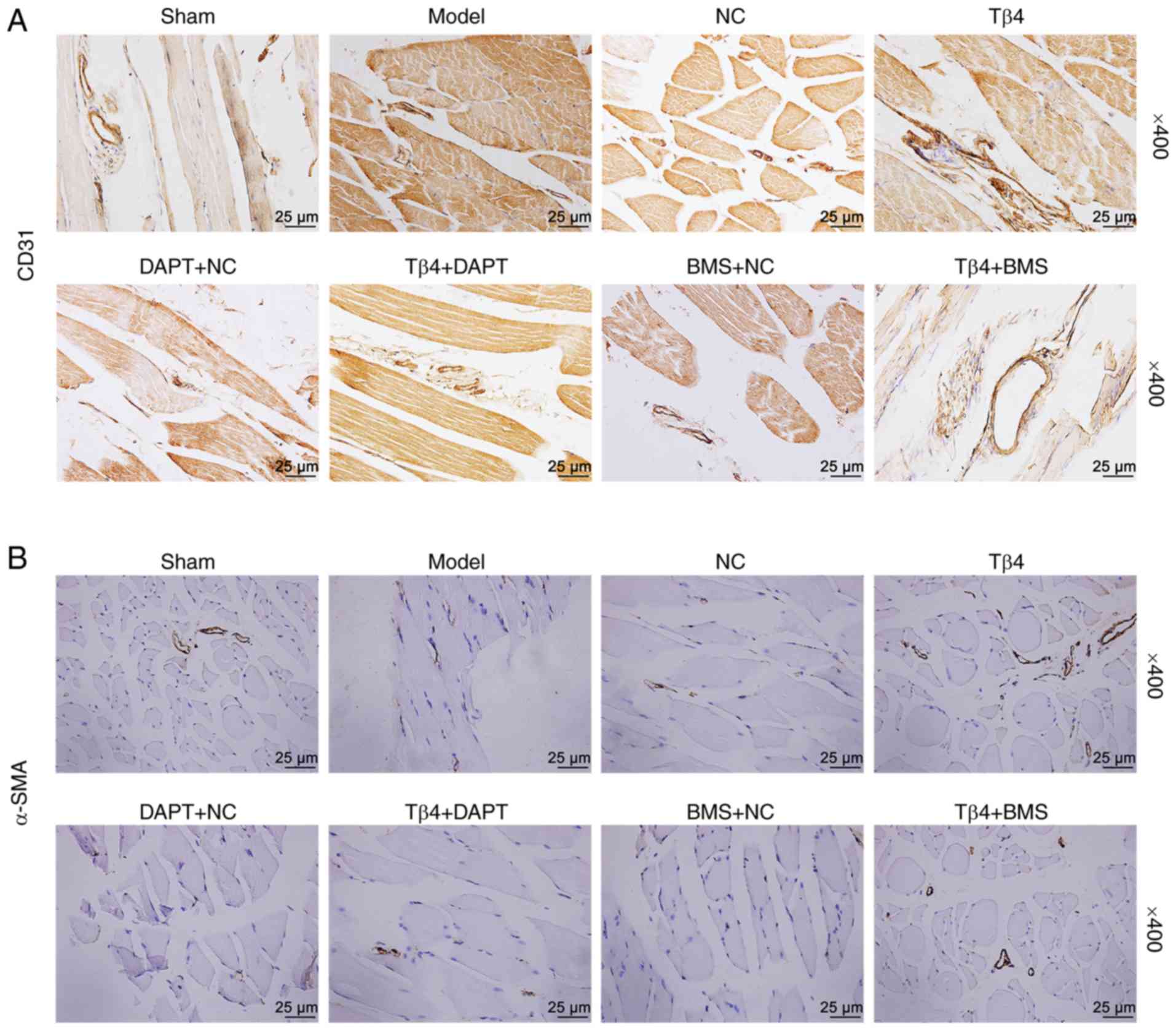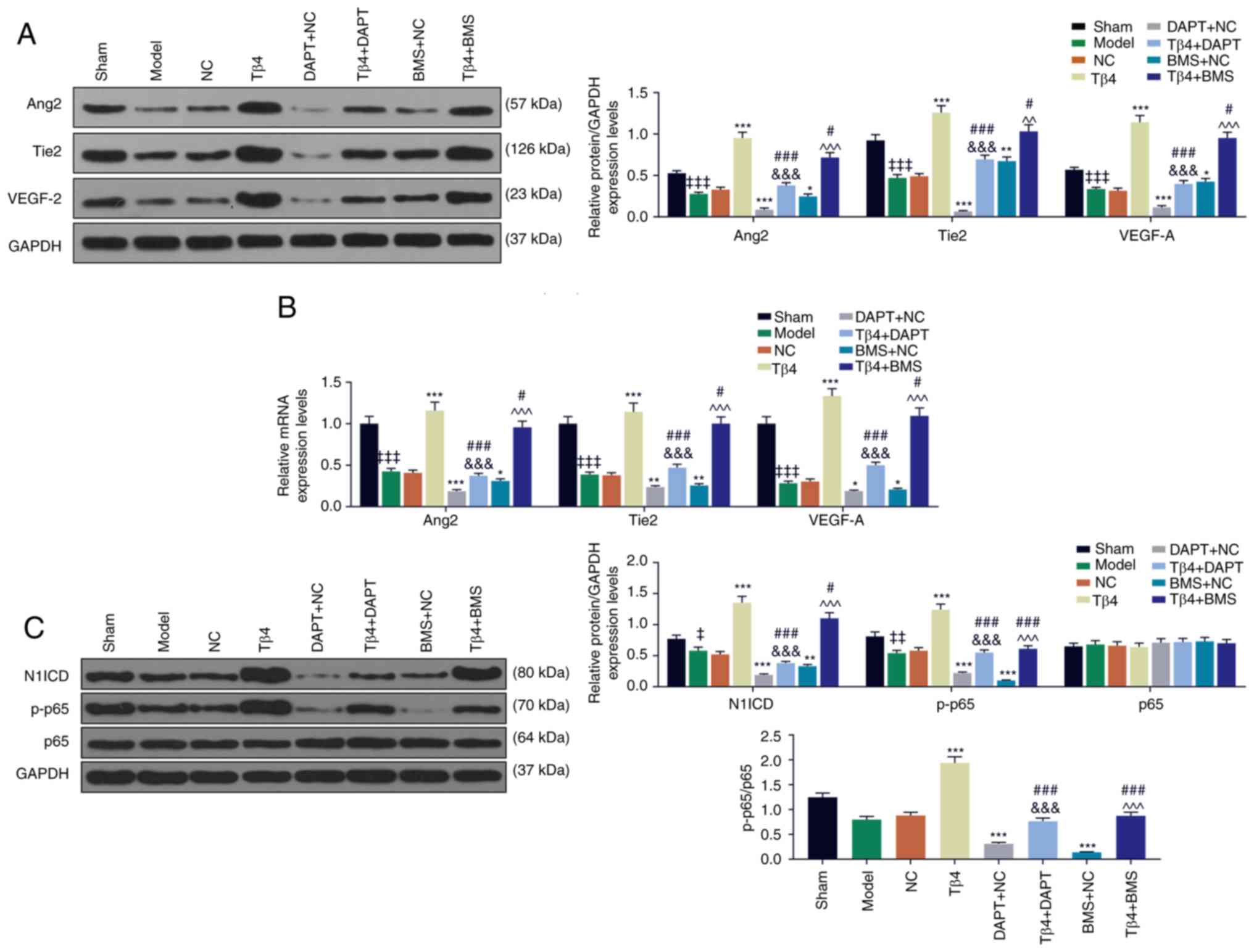|
1
|
Conte SM and Vale PR: Peripheral arterial
disease. Heart Lung Circ. 27:427–432. 2018. View Article : Google Scholar
|
|
2
|
Nehler MR, Duval S, Diao L, Annex BH,
Hiatt WR, Rogers K, Zakharyan A and Hirsch AT: Epidemiology of
peripheral arterial disease and critical limb ischemia in an
insured national population. J Vasc Surg. 60:686–695 e682. 2014.
View Article : Google Scholar : PubMed/NCBI
|
|
3
|
Dua A and Lee CJ: Epidemiology of
peripheral arterial disease and critical limb ischemia. Tech Vasc
Interv Radiol. 19:91–95. 2016. View Article : Google Scholar : PubMed/NCBI
|
|
4
|
Albrecht-Schgoer K, Barthelmes J, Schgoer
W, Theurl M, Nardin I, Lener D, Gutmann C, Dünnhaupt S,
Bernkop-Schnürch A and Kirchmair R: Nanoparticular delivery system
for a secretoneurin derivative induces angiogenesis in a hind limb
ischemia model. J Control Release. 250:1–8. 2017. View Article : Google Scholar : PubMed/NCBI
|
|
5
|
Constantinescu IM, Bolfa P, Constantinescu
D, Mironiuc AI and Gherman CD: Treatment with sildenafil and
donepezil improves angiogenesis in experimentally induced critical
limb ischemia. Biomed Res Int. 2017:95323812017. View Article : Google Scholar : PubMed/NCBI
|
|
6
|
Ishibashi T and Ryan SJ: Maturation of
newly-formed subretinal vessels. EXS. 61:59–63. 1992.PubMed/NCBI
|
|
7
|
Zhao C, Wang X, Zhao Y, Li Z, Lin S, Wei Y
and Yang H: A novel xenograft model in zebrafish for
high-resolution investigating dynamics of neovascularization in
tumors. PLoS One. 6:e217682011. View Article : Google Scholar : PubMed/NCBI
|
|
8
|
Sajib S, Zahra FT, Lionakis MS, German NA
and Mikelis CM: mechanisms of angiogenesis in microbe-regulated
inflammatory and neoplastic conditions. Angiogenesis. 21:1–14.
2018. View Article : Google Scholar
|
|
9
|
Vasilopoulou E, Riley PR and Long DA:
Thymosin-β4: A key modifier of renal disease. Expert Opin Biol
Ther. 18:185–192. 2018. View Article : Google Scholar : PubMed/NCBI
|
|
10
|
Lv S, Cheng G, Zhou Y and Xu G: Thymosin
β4 induces angiogenesis through Notch signaling in endothelial
cells. Mol Cell Biochem. 381:283–290. 2013. View Article : Google Scholar : PubMed/NCBI
|
|
11
|
Sanders MC, Goldstein AL and Wang YL:
Thymosin beta 4 (Fx peptide) is a potent regulator of actin
polymerization in living cells. Proc Natl Acad Sci USA.
89:4678–4682. 1992. View Article : Google Scholar : PubMed/NCBI
|
|
12
|
Kobayashi T, Okada F, Fujii N, Tomita N,
Ito S, Tazawa H, Aoyama T, Choi SK, Shibata T, Fujita H and
Hosokawa M: Thymosin-beta4 regulates motility and metastasis of
malignant mouse fibrosarcoma cells. Am J Pathol. 160:869–882. 2002.
View Article : Google Scholar : PubMed/NCBI
|
|
13
|
Renga G, Oikonomou V, Stincardini C,
Pariano M, Borghi M, Costantini C, Bartoli A, Garaci E, Goldstein
AL and Romani L: Thymosin β4 limits inflammation through autophagy.
Expert Opin Biol Ther. 18(Suppl 1): S171–S175. 2018. View Article : Google Scholar
|
|
14
|
Kleinman HK and Sosne G: Thymosin β4
promotes dermal healing. Vitam Horm. 102:251–275. 2016. View Article : Google Scholar
|
|
15
|
Trenkwalder T, Deindl E, Bongiovanni D,
Lee S, Schunkert H, Kupatt C and Hinkel R: Thymosin-β4-mediated
therapeutic neovascularization: Role of the PI3K/AKT pathway.
Expert Opin Biol Ther. 15(Suppl 1): S175–S185. 2015. View Article : Google Scholar
|
|
16
|
Quan Z, Wang QL, Zhou P, Wang GD, Tan YZ
and Wang HJ: Thymosin β4 promotes the survival and angiogenesis of
trans-planted endothelial progenitor cells in the infarcted
myocardium. Int J Mol Med. 39:1347–1356. 2017. View Article : Google Scholar : PubMed/NCBI
|
|
17
|
Zhao Y, Song J, Bi X, Gao J, Shen Z, Zhu J
and Fu G: Thymosin β4 promotes endothelial progenitor cell
angiogenesis via a vascular endothelial growth factor-dependent
mechanism. Mol Med Rep. 18:2314–2320. 2018.PubMed/NCBI
|
|
18
|
Zhao J, Liang Y, Song F, Xu S, Nian L,
Zhou X and Wang S: TSG attenuates LPC-induced endothelial cells
inflammatory damage through notch signaling inhibition. IUBMB Life.
68:37–50. 2016. View
Article : Google Scholar
|
|
19
|
MacMaster JF, Dambach DM, Lee DB, Berry
KK, Qiu Y, Zusi FC and Burke JR: An inhibitor of IkappaB kinase,
BMS-345541, blocks endothelial cell adhesion molecule expression
and reduces the severity of dextran sulfate sodium-induced colitis
in mice. Inflamm Res. 52:508–511. 2003. View Article : Google Scholar
|
|
20
|
Grimaldo S, Tian F and Li LY:
Sensitization of endothelial cells to VEGI-induced apoptosis by
inhibiting the NF-kappaB pathway. Apoptosis. 14:788–795. 2009.
View Article : Google Scholar : PubMed/NCBI
|
|
21
|
Burke JR, Pattoli MA, Gregor KR, Brassil
PJ, Macmaster JF, McIntyre KW, Yang X, Iotzova VS, Clarke W, Strnad
J, et al: BMS-345541 is a highly selective inhibitor of I kappa B
kinase that binds at an allosteric site of the enzyme and blocks
NF-kappa B-dependent transcription in mice. J Biol Chem.
278:1450–1456. 2003. View Article : Google Scholar
|
|
22
|
Peng X, Zhou J, Li B, Zhang T, Zuo Y and
Gu X: Notch1 and PI3K/Akt signaling blockers DAPT and LY294002
coordinately inhibit metastasis of gastric cancer through mutual
enhancement. Cancer Chemother Pharmacol. 85:309–320. 2020.
View Article : Google Scholar
|
|
23
|
Schmittgen TD and Livak KJ: Analyzing
real-time PCR data by the comparative C(T) method. Nat Protoc.
3:1101–1108. 2008. View Article : Google Scholar : PubMed/NCBI
|
|
24
|
Farber A and Eberhardt RT: The current
state of critical limb ischemia: A systematic review. JAMA Surg.
151:1070–1077. 2016. View Article : Google Scholar : PubMed/NCBI
|
|
25
|
Falluji N and Mukherjee D: Critical and
acute limb ischemia: An overview. Angiology. 65:137–146. 2014.
View Article : Google Scholar
|
|
26
|
Liew A, Bhattacharya V, Shaw J and Stansby
G: Cell therapy for critical limb ischemia: A meta-analysis of
randomized controlled trials. Angiology. 67:444–455. 2016.
View Article : Google Scholar
|
|
27
|
Sosne G, Qiu P, Goldstein AL and Wheater
M: Biological activities of thymosin beta4 defined by active sites
in short peptide sequences. FASEB J. 24:2144–2151. 2010. View Article : Google Scholar : PubMed/NCBI
|
|
28
|
Yang WS, Kang S, Sung J and Kleinman HK:
Thymosin β4: Potential to treat epidermolysis bullosa and other
severe dermal injuries. Eur J Dermatol. 29:459–467. 2019.
View Article : Google Scholar : PubMed/NCBI
|
|
29
|
Zhang Z, Liu S and Huang S: Effects of
thymosin β4 on neuronal apoptosis in a rat model of cerebral
ischemiareperfusion injury. Mol Med Rep. 20:4186–4192.
2019.PubMed/NCBI
|
|
30
|
Bjørklund G, Dadar M, Aaseth J and
Chirumbolo S: Thymosin β4: A multi-faceted tissue repair
stimulating protein in heart injury. Curr Med Chem. July
31–2019.Epub ahead of print. View Article : Google Scholar
|
|
31
|
Zhang Y, Kontos CD, Annex BH and Popel AS:
Angiopoietin-tie signaling pathway in endothelial cells: A
computational model. iScience. 20:497–511. 2019. View Article : Google Scholar : PubMed/NCBI
|
|
32
|
Saharinen P, Eklund L and Alitalo K:
Therapeutic targeting of the angiopoietin-TIE pathway. Nat Rev Drug
Discov. 16:635–661. 2017. View Article : Google Scholar : PubMed/NCBI
|
|
33
|
Thurston G and Daly C: The complex role of
angiopoietin-2 in the angiopoietin-tie signaling pathway. Cold
Spring Harb Perspect Med. 2:a0065502012. View Article : Google Scholar : PubMed/NCBI
|
|
34
|
Perez-Moral N, Needs PW, moyle CWA and
Kroon PA: Hydrophobic interactions drive binding between vascular
endothelial growth factor-A (VEGFA) and polyphenolic inhibitors.
Molecules. 24:27852019. View Article : Google Scholar :
|
|
35
|
Bhisitkul RB: Vascular endothelial growth
factor biology: Clinical implications for ocular treatments. Br J
Ophthalmol. 90:1542–1547. 2006. View Article : Google Scholar : PubMed/NCBI
|
|
36
|
Shukla K, Sonowal H, Saxena A and Ramana
KV: Didymin by suppressing NF-κB activation prevents VEGF-induced
angiogenesis in vitro and in vivo. Vascul Pharmacol. 115:18–25.
2019. View Article : Google Scholar : PubMed/NCBI
|
|
37
|
Huang DY, Dai ZR, Li WM, Wang RG and Yang
SM: Inhibition of EGF expression and NF-κB activity by treatment
with quercetin leads to suppression of angiogenesis in
nasopharyngeal carcinoma. Saudi J Biol Sci. 25:826–831. 2018.
View Article : Google Scholar : PubMed/NCBI
|
|
38
|
Si W, Xie W, Deng W, Xiao Y, Karnik SS, Xu
C, Chen Q and Wang QK: Angiotensin II increases angiogenesis by
NF-κB-mediated transcriptional activation of angiogenic factor
AGGF1. FASEB J. 32:5051–5062. 2018. View Article : Google Scholar : PubMed/NCBI
|
|
39
|
Li L, Tang P, Zhou Z, Wang Q, Xu T, Zhao
S, Huang Y, Kong F, Liu W, Cheng L, et al: GIT1 regulates
angiogenic factor secretion in bone marrow mesenchymal stem cells
via NF-κB/notch signalling to promote angiogenesis. Cell Prolif.
52:e126892019. View Article : Google Scholar
|
|
40
|
Xu D, Xia N, Hou K, Li F, Chen S, Hu Y,
Fang W and Li Y: Clematichinenoside facilitates recovery of
neurological and motor function in rats after cerebral ischemic
injury through inhibiting notch/NF-κB pathway. J Stroke Cerebrovasc
Dis. 28:1042882019. View Article : Google Scholar
|
|
41
|
Saito T and Tanaka S: Molecular mechanisms
underlying osteoarthritis development: Notch and NF-κB. Arthritis
Res Ther. 19:942017. View Article : Google Scholar
|
|
42
|
Chen Y, Zhao B, Zhu Y, Zhao H and Ma C:
HIF-1-VEGF-notch mediates angiogenesis in temporomandibular joint
osteoarthritis. Am J Transl Res. 11:2969–2982. 2019.PubMed/NCBI
|
|
43
|
Luo Z, Shang X, Zhang H, Wang G, Massey
PA, Barton SR, Kevil CG and Dong Y: Notch signaling in
osteogenesis, osteoclastogenesis, and angiogenesis. Am J Pathol.
189:1495–1500. 2019. View Article : Google Scholar : PubMed/NCBI
|
|
44
|
Huang F, Yao Y, Wu J, Liu Q, zhang J, Pu
X, zhang Q and Xia L: Curcumin inhibits gastric cancer-derived
mesenchymal stem cells mediated angiogenesis by regulating
NF-κB/VEGF signaling. Am J Transl Res. 9:5538–5547. 2017.
|















